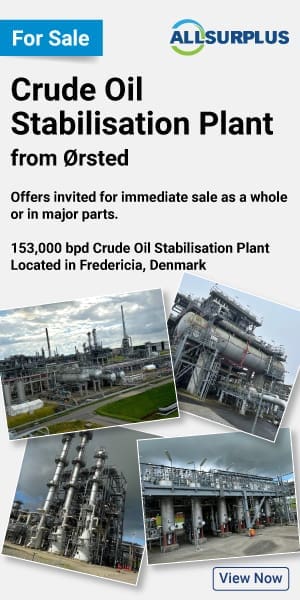With the cold European winter fast approaching, the annual Gas Infrastructure Europe (GIE) winter outlook has warned of a potential imbalance in Europe’s gas midstream network. Every year, the GIE, along with the European Network for Transmission System Operators for Gas (ENTSOG), provides a detailed report on the outlook for the region’s gas network for the year to come and proposes several measures that could be undertaken to strengthen the region’s energy security and production levels.
Europe’s winter outlook is positive overall, but the GIE notes potential shortfalls in certain scenarios
Every year, Europe faces concerns over its ability to supply sufficient energy to meet demand, especially as the winter months approach. The annual report from GIE and ENTSOG notes that the gas sector in Europe has remained relatively stable, with a few underlying concerns to consider and contemplate.
This year has seen Europe’s gas supply playing an essential role in securing energy security for the continent. The world has been consumed by the recent calls to diversify the energy sector and transition away from conventional energy generation towards the renewable energy sector.
The report notes that gas supply in Europe is sufficient to meet any increase in demand as winter gets closer. And has even stated that any increase would not affect gas storage levels, noting that there are sufficient gas reserves to last the entire European winter.
Russia’s war in Ukraine has placed the European energy sector in a precarious position
The ongoing incursion into Ukraine by Russia has left a bad taste in the global community’s mouth. The latest round of sanctions on Russia has recently been approved by the EU Council, and the report from GIE has warned of a potential scenario where the loss of Russian gas will adversely affect the region’s gas supply.
Europe’s energy future is one that includes the gas sector as a transitional energy resource
The future of the European energy sector is looking positive. The report from GIE and ENTSOG notes the strong performance of the gas sector in the face of calls to end the reliance on conventional energy in favor of a more diverse energy supply. Gas has emerged from the dust of the non-renewable energy sector’s inevitable death as a strong transitional energy resource.
Gas is far less harmful to the environment than its coal cousin. It requires less energy and is significantly cheaper than coal and oil. It also has the added benefit of acting as the perfect transitional energy resource while the world phases out the old-school energy resources towards the renewable power that solar and wind power present.
The report from GIE notes several scenarios that may be unfolding at the moment
The worry for Europe is that if any interruption in gas supply emerges, a potential shortfall in reserves may take place. That possibility has become all too real recently as EU gas reserves have fallen to their lowest levels since 2021, leading to some serious concerns over midstream supply.
The end of Russian gas imports has placed the region in peril of not meeting demand
The concerns highlighted by the report note that the approval by EU ministers to end Russian gas and LNG imports by 2028 has placed the sector in peril of not meeting the substantial demand that is set to come as the winter months approach. While the current levels of gas storage are enough to meet demand for the next few months, any interruptions in supply from non-Russian energy operators may exacerbate the concerns that the report outlines. The energy market is shifting towards a future where Europe is fully energy self-sufficient and can easily meet any increase in demand.





